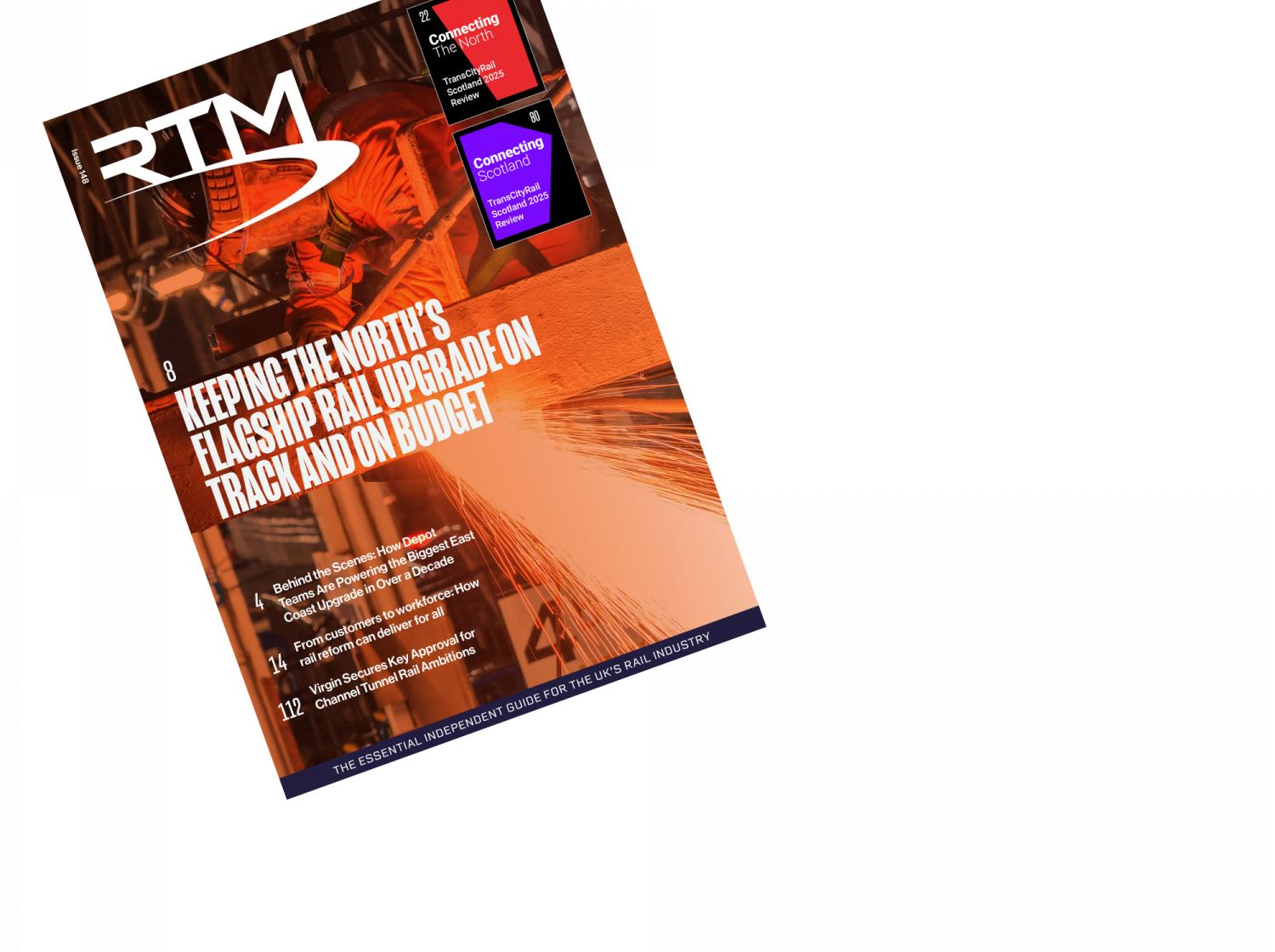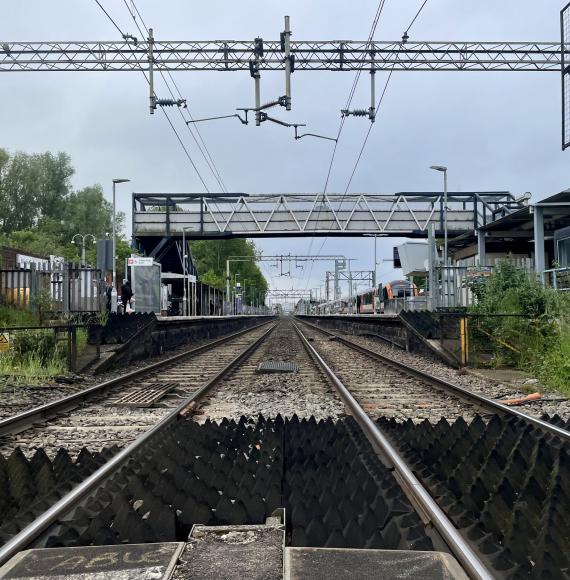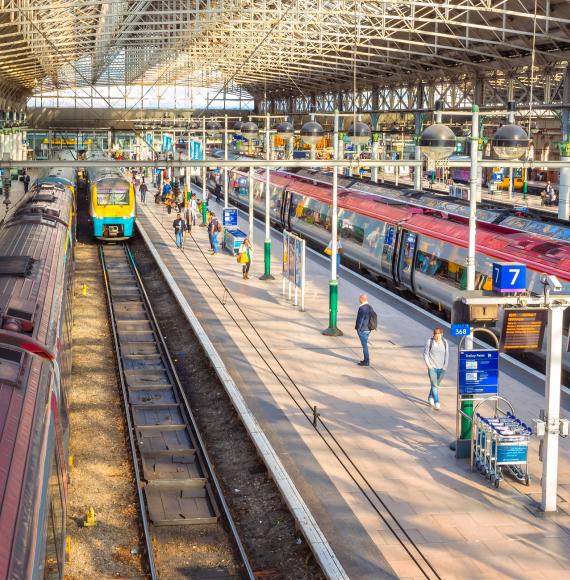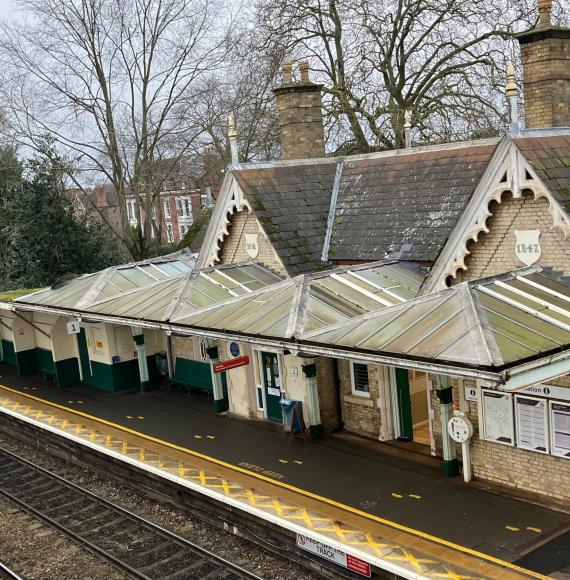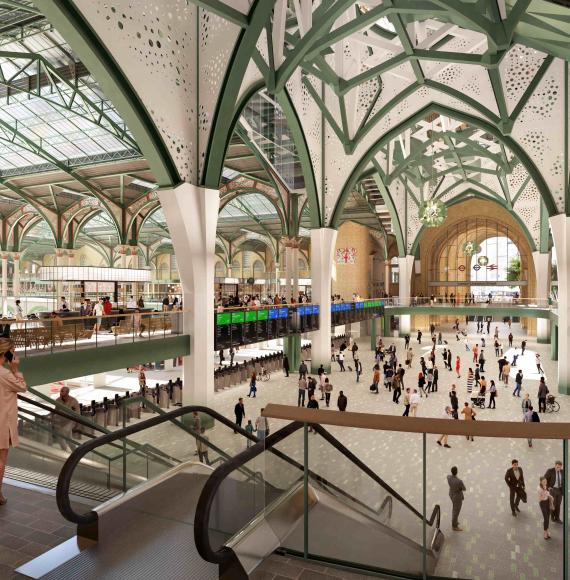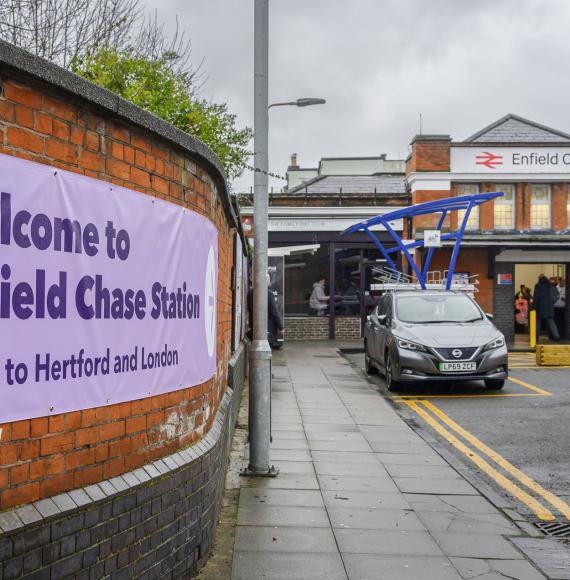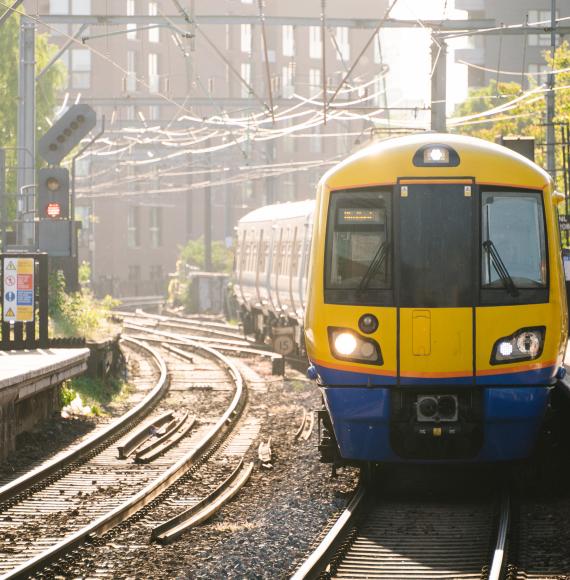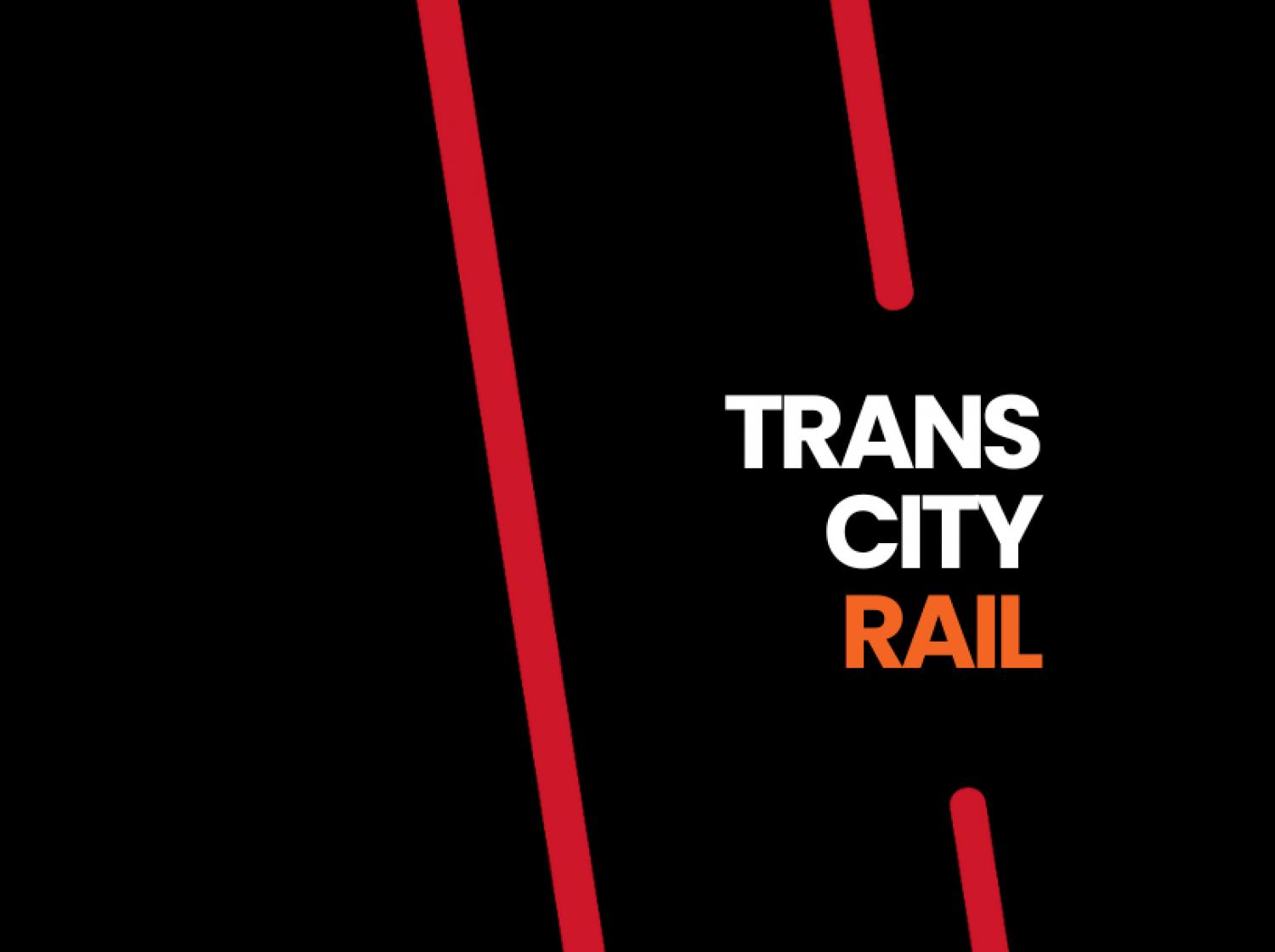High Speed 2 (HS2) is adopting novel technology that is a first for the industry to help it develop and build the huge structures that will carry the network.
Aiming to improve efficiency, the technology called Optistruct®, originally developed to optimise automotive and aerospace structures is being deployed in key sections by engineers on some of the largest structures and could potentially reduce embedded carbon by 10%.
It is expected to reduce the design time for viaducts and structures from around a month to as little as an hour.
The software developed, changes the process in how viaducts and structures are designed. Traditionally, the engineering design process sets a viaducts geometry and then quantifies the required materials in a process which takes around four weeks. Once set, there is almost no scope or possibility to change.
However, by utilising and adapting the process, which uses intelligent design technology to design components and assemblies within aerospace and automotive, it has meant project teams can flex viaducts design.
HS2’s senior innovation manager, Charlotte Hills said: “HS2 is the biggest transport infrastructure project in the UK. To help build it we are drawing on the technology developed for other industries to help deliver the new high speed rail network and adding value to UK plc by creating new opportunities for innovative companies outside civil engineering.
“Working with Altair as part of our Innovation programme demonstrates the benefits of applying its technology to building HS2, and the potential it offers in the long term as an integral tool to streamline structural designs and reduce embedded carbon by as much as 10 per cent.”
The software, alongside changing the design process considerably will also look at a viaducts operational requirements, including the speed and frequency and braking loads based on the trains it will carry and assess the most suitable design based on the materials that it will be built with. This process also means the use of raw materials could also be cut without compromising on design.
Tomas Garcia, HS2 head of civil engineering said: “Our innovation project with Altair is a game-changer. It gives engineers a tool to explore alternative designs that were not previously feasible due to time constraints.
Photo Credit: HS2


